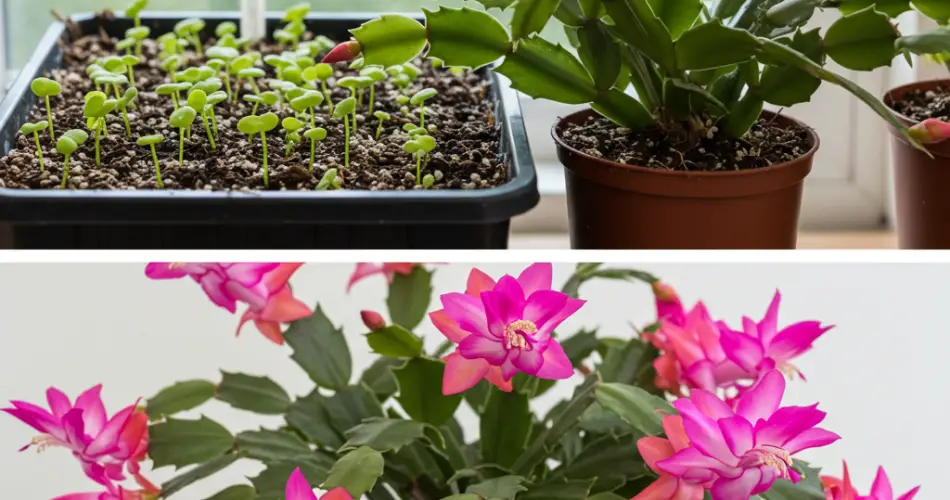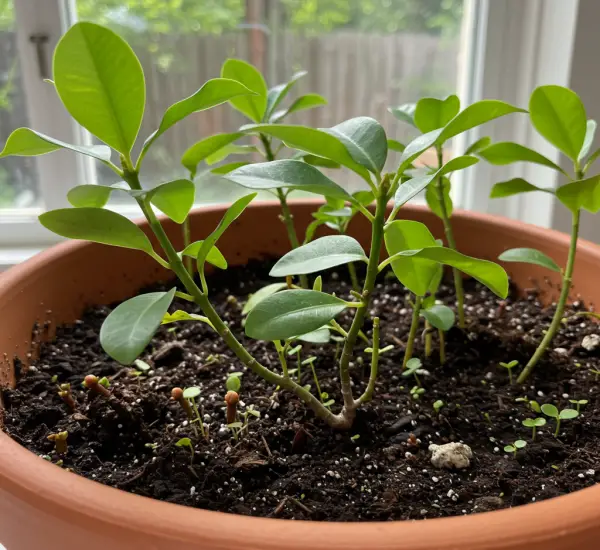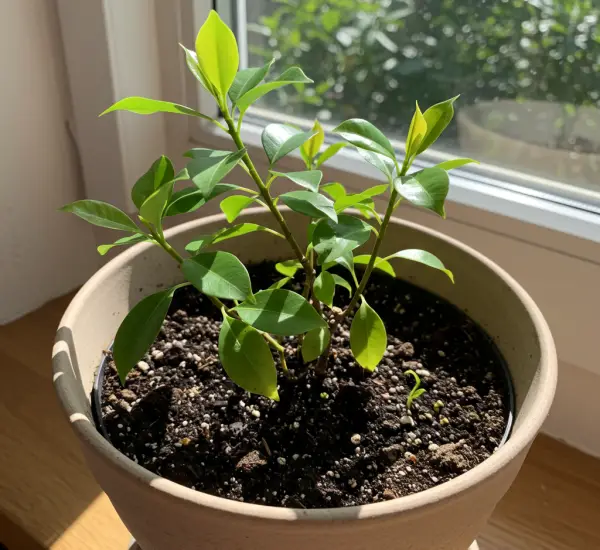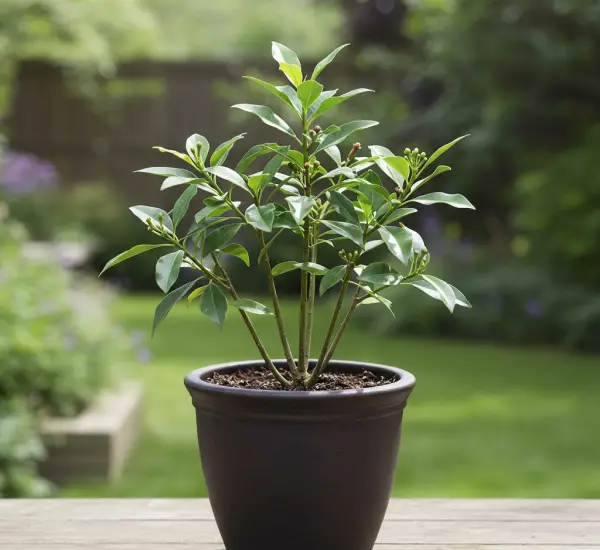The Christmas cactus — also known as Schlumbergera bridgessii or sometimes called the Easter cactus — is one of the most admired indoor plants, especially during the winter months. With its cascading stems and vivid, colorful blooms, this plant has the power to brighten up any room. What makes it even more remarkable is that, with the right care, it can flower more than once a year, turning into a year-round source of beauty and color.
Propagation Made Simple
One of the joys of owning a Christmas cactus is how easy it is to propagate. If you want to grow new plants or share them with friends, start by cutting a small Y-shaped segment from the tip of a healthy stem. Make sure the cutting comes from a vigorous part of the plant — weak or damaged stems won’t root properly.
Once you have your cutting, plant about one-fourth of it into slightly sandy, well-drained soil. Keep the soil evenly moist, but avoid soaking it. Place the pot in a bright location that receives plenty of indirect light. Direct sunlight can scorch the fleshy leaves, so filtered light is best.
Within a few weeks, roots will begin to develop. At this stage, you can transplant your new cactus into a slightly larger pot filled with a mix of regular potting soil, compost, and coarse sand. This combination provides the aeration and nutrients the plant needs to grow strong and healthy.
The Secret to a Blooming Christmas Cactus
Although this plant is fairly undemanding, a few simple care habits can make all the difference between a leafy cactus and one covered in blossoms.
Light is one of the main factors influencing flowering. While the Christmas cactus tolerates low-light conditions, it will only produce abundant blooms if it receives enough bright, indirect light. The ideal place is near a window with filtered sunlight — bright enough to stimulate buds, but soft enough to avoid burns.
Watering, however, requires a bit of balance. During spring and summer, the plant needs frequent watering to keep the soil slightly moist. The soil should never dry out completely, yet it should not remain soggy either, as this may lead to root rot. Water deeply when the top layer of soil feels dry to the touch, and always let excess water drain away. In autumn and winter, reduce watering slightly, especially once flowering begins.
Temperature also plays a key role in keeping your Christmas cactus happy. The plant thrives in moderate indoor temperatures — ideally between 15°C and 21°C (59°F to 70°F). Avoid sudden temperature changes and never place the cactus near heating vents, stoves, or drafty windows. To boost humidity, which this plant appreciates, place a shallow tray of pebbles and water beneath the pot. As the water evaporates, it will create a humid microclimate around the plant.
Encouraging Continuous Blooming
A Christmas cactus typically flowers in late autumn or early winter, but with proper care, it can bloom several times a year. To trigger new flowering cycles, the plant needs a brief rest period after blooming. This dormant phase allows it to regain energy for the next display of flowers.
Once flowering ends, reduce watering and light exposure for about six weeks. During this time, the plant should experience 12 to 14 hours of uninterrupted darkness each night, with temperatures between 10°C and 12°C (50°F to 54°F). This “rest” mimics its natural environment in the Brazilian highlands, where shorter days and cooler nights signal the start of the next blooming season.
After the rest period, gradually return the plant to brighter light and resume normal watering. In a few weeks, you should see new buds forming along the stems. Feed the plant monthly during the growing season with a diluted liquid fertilizer rich in potassium and phosphorus — nutrients essential for flower production.
A Year-Round Beauty
With patience and consistency, your Christmas cactus can surprise you by blooming not just at Christmas, but several times throughout the year. The key lies in mimicking its natural rhythm — alternating between active growth, rest, and flowering phases.
When treated with care, this plant can live for decades and even be passed down from generation to generation. Its adaptability, resilience, and beauty make it one of the most rewarding houseplants to grow. Whether you are a beginner or an experienced gardener, mastering these few techniques will ensure that your Christmas cactus fills your home with color and joy all year long.



